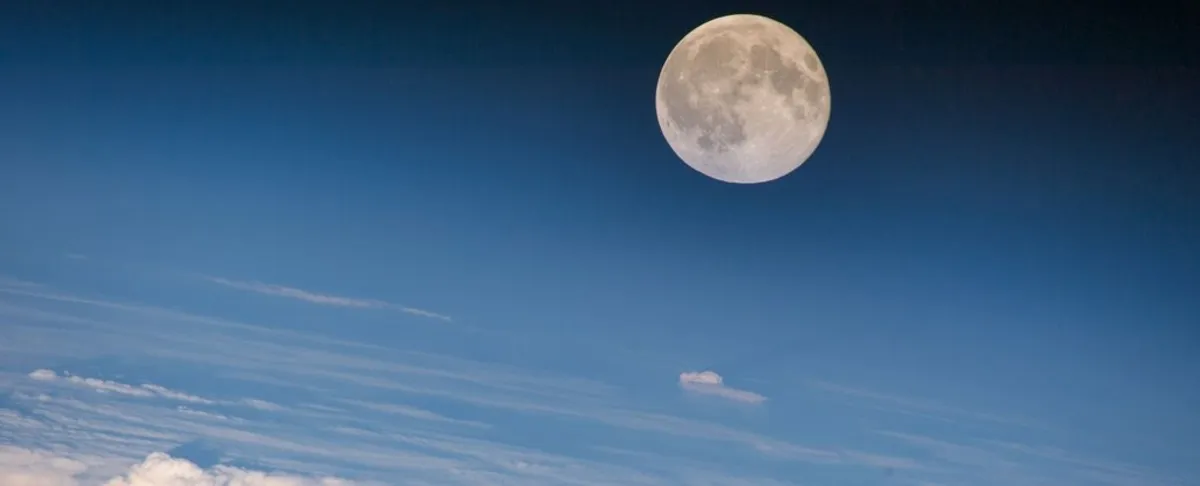
Since its formation approximately 4.5 billion years ago, Earth's rotation has been gradually slowing down. This phenomenon has resulted in the lengthening of Earth's days. Although this slowdown is imperceptible within human lifetimes, it has led to significant changes over geological timescales. One of the most crucial changes, as highlighted by a 2021 study, is the relationship between lengthening days and the oxygenation of Earth's atmosphere.
According to microbiologist Gregory Dick from the University of Michigan, the emergence of blue-green algae, also known as cyanobacteria, around 2.4 billion years ago, coincided with longer days. These organisms were capable of producing more oxygen as a metabolic by-product, a vital factor in the evolution of Earth's atmosphere. The ongoing question in Earth sciences has been regarding the origins of atmospheric oxygen and the factors governing its timing. Dick's research suggests that the rate of Earth's rotation, or more specifically, the length of its days, played a significant role in the pattern and timing of this oxygenation.
There are two major components to this narrative that may seem unrelated at first. The first component is the gradual slowing of Earth's spin. This deceleration is primarily due to the gravitational pull of the Moon, which is slowly drifting away from Earth. Historical records indicate that days were only 18 hours long around 1.4 billion years ago and about half an hour shorter than current lengths just 70 million years ago. It is estimated that Earth gains approximately 1.8 milliseconds per century in day length.
The second component is the Great Oxidation Event, a period when cyanobacteria proliferated significantly, leading to a dramatic increase in Earth's atmospheric oxygen levels. Without this crucial oxygenation, life as we know it may not have emerged. Despite the importance of this event, many questions linger, particularly regarding why it occurred when it did rather than earlier in Earth's history. Recent studies involving cyanobacterial microbes have begun to shed light on these mysteries.
In the Middle Island Sinkhole in Lake Huron, researchers discovered microbial mats that resemble the cyanobacteria responsible for the Great Oxidation Event. These mats consist of purple cyanobacteria that produce oxygen through photosynthesis, alongside white microbes that metabolize sulfur. Notably, at night, the white microbes rise to the surface of the mat, while the cyanobacteria remain dormant until the sun rises. However, there is a significant lag in oxygen production as the cyanobacteria take time to become active in the morning, resulting in a limited window for oxygen release.
Brian Arbic, an oceanographer at the University of Michigan, posited that variations in day length throughout Earth's history might have influenced photosynthesis and, consequently, oxygen production. Judith Klatt, a geomicrobiologist at the Max Planck Institute for Marine Microbiology in Germany, explained that early Earth could have experienced a similar competition between microbial species, contributing to delays in oxygen production.
To validate this hypothesis, researchers conducted experiments and gathered measurements of microbes in both natural and laboratory settings. They employed detailed modeling studies to establish connections between sunlight, microbial oxygen production, and Earth's historical oxygenation. Interestingly, while one might assume that two 12-hour days would yield the same oxygen production as one 24-hour day, the release of oxygen from bacterial mats is actually limited by the speed of molecular diffusion. This intricate relationship lies at the core of their findings.
The team's results were incorporated into global models of oxygen levels, revealing that lengthening days were associated not only with the Great Oxidation Event but also with another significant atmospheric oxygenation event known as the Neoproterozoic Oxygenation Event, which occurred between 550 and 800 million years ago. This research highlights the connection between the physical laws governing molecular diffusion and planetary mechanics, illustrating how day length fundamentally influences the oxygen released by ground-dwelling microbes.
The implications of this research are profound, as they offer a novel perspective on the interconnectedness of microbial activity and planetary dynamics. As marine scientist Arjun Chennu from the Leibniz Centre for Tropical Marine Research in Germany noted, this study links the molecular processes within microbial mats to the larger cosmic dance of our planet and its Moon. The findings were published in Nature Geoscience, emphasizing the importance of understanding Earth's historical changes to grasp the complexities of our atmosphere today.